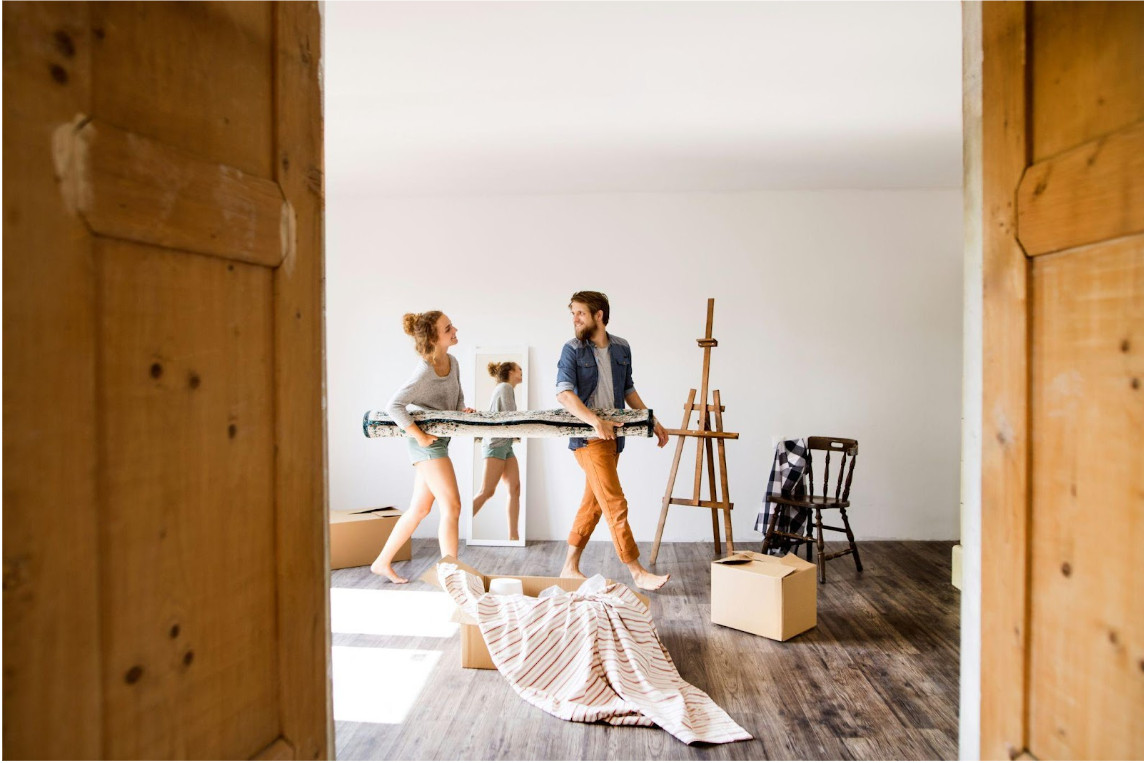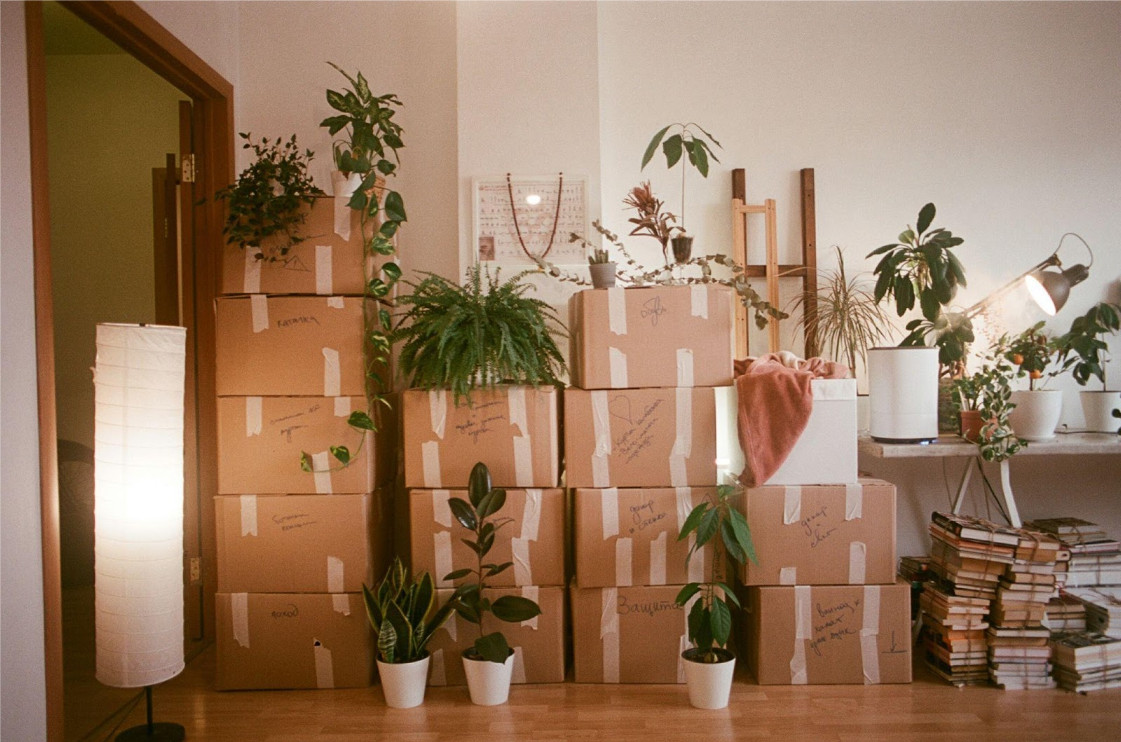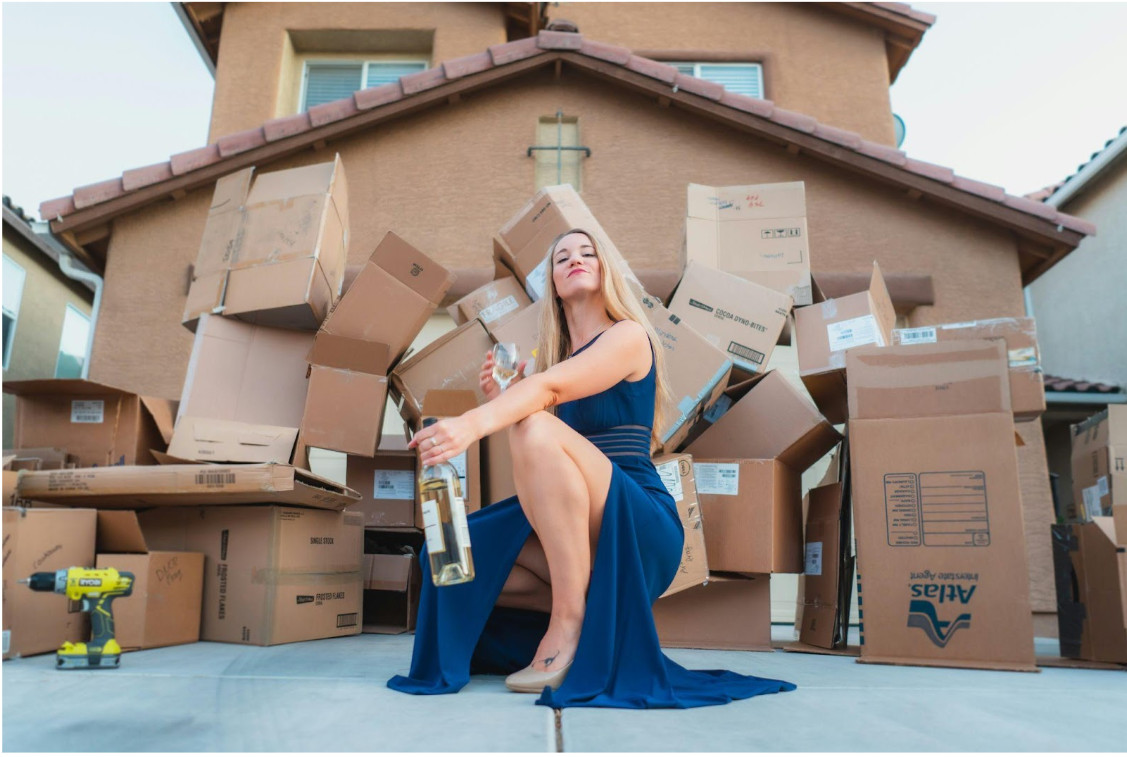Move-Week Social Survival Kit: Keep Posting While Everything’s in Boxes

Moving week has a way of swallowing every spare minute. You’re juggling contracts, keys, and cardboard while your audience waits for the next post as if nothing changed. The trick isn’t superhuman willpower; it’s designing a lighter, steadier rhythm that survives the shuffle. If your to-do list is already taller than your tripod, partnering with Edmonton movers can reclaim the time you need to plan, batch, and publish without letting your feed go dark. What follows is a calm, editorially sound playbook for creators who want continuity when life is anything but.
Your Seven-Day Posting Blueprint
Treat the week around moving day like a small campaign with gentle, predictable beats. The goal isn’t volume; it’s reliability. If you’re relocating within Alberta, coordinating pickup and drop-off windows with a trusted moving company in Calgary allows you to protect your posting slots and reduce the last-minute scrambles that derail even the best intentions. Think of your content calendar as a series of soft landings: a short reel or story before the chaos, a single image on moving day, and a reflective carousel in the first 48 hours afterward.
Three days out, capture a handful of low-effort clips that can be edited quickly: a packing hack, a desk teardown, a quiet moment before the boxes arrive. Write captions while you still have headspace and save them as drafts. The night before the move, schedule posts for your best-performing windows and add alt text so accessibility doesn’t slip when energy is thin.
On moving day itself, resist the urge to overshare location details; a ten-second update or a still from a sun-splashed window is enough. Two days later, when the dust settles, publish a short “what stayed the same, what’s new” carousel to bring your audience along without turning your feed into a moving diary.
Batch Before the Boxes

Production collapses during a move because every small decision gets harder. Counter that by front-loading choices. Record in two short sprints rather than chasing perfect takes across a chaotic apartment. Vary angles, eye-level talk-to-camera, an over-the-shoulder shot of cable management, and a simple top-down clip of a neatly labelled box, so a single setup yields multiple edits.
Draft three caption styles for each post (a one-liner, a mid-length explanation, and a story-style mini-essay) and choose the one that matches your energy on the day. The most valuable asset you’ll create is a tiny catalogue of reusable hooks: “One change that saved an hour,” “What I wish I’d packed first,” “The setup I’ll never skip again.” Hooks travel from reels to stories to carousels with minimal rewrites.
Make Bare Rooms Camera-Ready
You don’t need a finished studio to look polished. A window becomes your key light if you face it and raise the phone just above eye level. A bare wall reads as intentional minimalism when you keep the frame clean. If echo creeps in after the sofa leaves, drop a folded blanket or rug just out of view and your audio will smooth out immediately.
Limit yourself to two props, a plant and a notebook, a mug and a laptop, so visual noise doesn’t rise with the boxes. The constraint will make your feed feel calm and considered, even when the hallway looks like a warehouse.
Stay Present Without Living in the Inbox
Audience care matters, but you can’t unpack and triage DMs all day. Give yourself two fifteen-minute windows, one early, one late, and let everything else wait. Sort messages into three mental buckets: time-sensitive work, regular community members, and everyone else. Prepare humane, short replies in advance so you don’t sound robotic when you’re rushed: “Moving week here, appreciate the note. I’ll circle back by Friday.” By framing expectation clearly, you’ll keep trust high without burning your attention on micro-decisions that can safely stack until tomorrow.
Protect Your Files and Your Momentum
Nothing drains momentum like losing footage to a misplaced drive or a corrupted upload. Keep a small SSD in your backpack and export critical project files to it before the movers arrive; mirror the same drafts to the cloud so a single glitch doesn’t stall you. As you record, name clips in a consistent, searchable way, “MOVE_BROLL_01,” “MOVE_TALKINGHEAD_SETUP”, so editing takes minutes rather than hours.
When you plan the logistics side of the week, it’s worth skimming a government primer on safe, scam-free moves; the U.S. Department of Transportation’s Protect Your Move explains consumer rights and practical checkpoints you can adapt to your own timeline. The specifics are U.S.-centric, but the decision framework, verify, document, and confirm, is universally sound.
Manage Energy Like a Resource
Move week punishes perfectionism. Step away from the expectation that every post has to be a cinematic reel. On low-battery days, publish a single, thoughtfully composed photo with a conversation-starter caption and call it done. Mute non-essential push notifications for seventy-two hours so you can think in full sentences again. Delay real-time geotags until you’ve closed out the old address and settled at the new; you can always recap locations in a weekend carousel when privacy is no longer a concern. This is the moment to choose consistency over intensity: one good post beats three half-finished ideas scattered across drafts.
After the Move: Reboot Without Burnout

The first week in the new space is not the time to sprint. Set a realistic baseline, three posts and two story days, and commit to it. Rebuild your set piece by piece rather than all at once. Bring back lights before you fuss with backdrops; fix audio before you fight colour casts. Each small win can be content in itself: a ten-second walkthrough of the desk, a before-and-after of cable trays, a quick note on where the ring light finally landed. Update bios, location tags, and link-in-bio if anything material changed, then archive the best moments into a “Move Week” highlight so new followers can catch up without reruns clogging your grid.
Finally, debrief yourself while the experience is fresh. Which parts of the plan actually worked, batching in two sprints, scheduled captions, morning and evening DM windows, and which frayed under pressure? Write the lessons down in the same document you use for content ideas, and consider shaping them into a public post. Audiences appreciate playbooks that balance practicality and candour, and your future self will be grateful for the blueprint when the next big life event arrives.
The Takeaway
A move doesn’t have to put your creative life on pause. By lightening the cadence, thinking in modular posts, and protecting a few key routines, you can keep showing up for your audience while everything else finds its new shelf. The secret isn’t heroics; it’s orchestration, coordinated logistics, pre-made choices, and a steady tone that reassures followers you’re still there. With that foundation in place, and with the right partners handling the heavy lift, you’ll step into the new space ready to create, not just unpack.